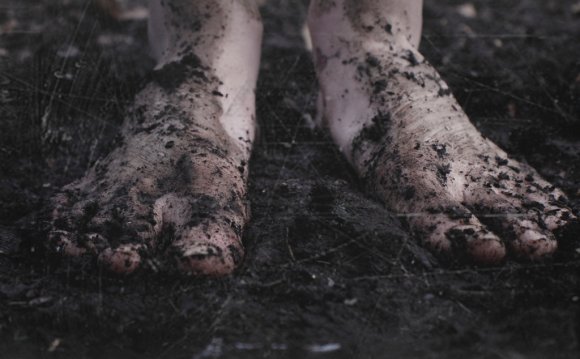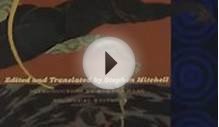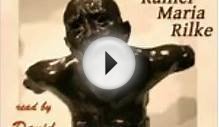
The initial guide, The Book of Monastic Life, at first called The Prayers (Die Gebete) had been written between 20 September and 14 October 1899 in Berlin-Schmargendorf, where Rilke had also composed 'The Lay of this enjoy and Death of Christoph Cornet'. The center the main cycle had been written (after their marriage to Clara Westhoff) from 18 to 25 September 1901 in Westerwede, the same year Rilke got married and became the father of a daughter. The very last guide had been written whilst the poet was not any longer in Germany, composed from 13 to 20 April 1903 in Viareggio, Italy.
Two years later on, now in Worpswede, he revised the written text, which was after that published in December 1905 - his very first collaboration with Insel-Verlag. This introductory book would go on being posted in his life time, in four versions with roughly 60, 000 copies.
Rilke's journeys to Russia in the summertime of 1899 and 1900 form the biographical history toward work. He undertook these aided by the dedicatee Lou Andreas-Salome, and started focus on the period after their particular conclusion. The vastness of Russia, the fervent commitment of its peasantry for their Orthodox religion, and its culture little touched by Western society - all formed a backdrop which, deepened by personal activities with Leonid Pasternak and also the renowned Leo Tolstoy, developed in the long run into a spiritual home. While he wrote retrospectively two decades later, the nation had revealed to him "the brotherhood together with darkness of Jesus". Inside dark remoteness would Rilke continue steadily to "build" about this ancient and eternal Jesus:
Regarding the Volga, on this restfully rolling sea... one learns all dimensions anew. One discovers: land is huge, water is one thing huge, and above all the sky is huge. What I have experienced until now had been only an image of land and lake and world. Right here, however, everything is it self. - i'm as though I experienced been witness towards the creation; a few terms for many existences, those things into the measure of Jesus the daddy...
— Rainer Maria Rilke, The Schmagendorf Diary, September 1, 1900
Based on Wolfgang Braungart the sentimental trips brought Rilke closer to the expected social popularity of primordial pre-moderns. He discovered a "human fraternal compatibility" in a rural-centred world. In this way was the religion associated with country conveyed to him, expressed through the prototypical Russian icon or iconostasis.
Rilke shared the cultural training of idealising Russia with intellectuals particularly Thomas Mann and Oswald Spengler. These conservatives had been affected by the diminishing myth created by Friedrich Nietzsche, the literary testimony of which was to be located in Dostoevsky.
Rilke himself stated poetic motivation for origin of passages, something which was to characterise their work later on. Waking each morning, or perhaps in the night, he previously obtained words like prayers, which he orientated himself and then transcribe an inner dictation afterward.
Title and Background[edit]
Rilke's imagery of walls and devotional images finds its determination within the typical Russian Orthodox Iconostasis
RELATED VIDEO












